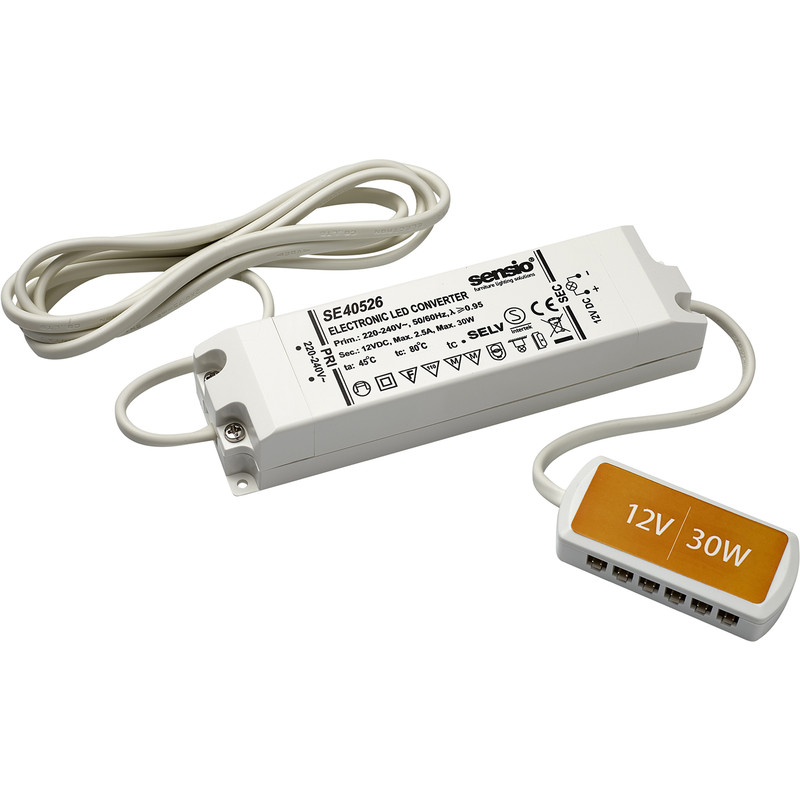-
• #10853
I haven't really thought this through but if there is a large capacitor or inductor that can mess with the phase, and it's the phase the RCD works from.
-
• #10854
Interesting. What could I do about it? It may be related to the fact that the lights in the oven don't work. Maybe replacing the bulbs will fix it.
-
• #10855
I prefer the before pic - could grow a lot in that space apart from grass(lawn).
Happy maintenance . -
• #10856
We used someone like utterly shutterly from Brighton. Send a guy round to measure, few weeks later pops the frame in then the shutters being prefab. Took no time, look great imo and 5 years on working wrll
-
• #10858
Interesting
-
• #10859
Manually turn my soil over... Pickaxe the lot
-
• #10860
If it's for turning over ground, get a mattock. They're far more useful than picks. Indispensable back when I was a shovel monkey/archaeologist. You should even be able to hire one if it's just for a day, but if you can store it, buy it.
-
• #10861
A pick will just make small holes, a mattock will blitz it.
-
• #10862
This is my new gym routine
-
• #10863
Also get a spade and a long shovel (Irish shovel/paddy spoon)
Kent and Stowe 70100201 Carbon Steel Digging Spade https://www.amazon.co.uk/dp/B00TYLCZXG/ref=cm_sw_r_cp_apa_fLQgzb0YS93QH
Silverline GT36 Swan-Neck Shovel, 1300 mm https://www.amazon.co.uk/dp/B000LFVUS0/ref=cm_sw_r_cp_apa_QMQgzb559VX66
-
• #10864
Mattock for breaking ground, spade for cutting, shovel for moving.
-
• #10865
Me again. Bought some LED strip light bits for my back porch. I was hoping the driver might come with some sort of cover for the wires, but it appears not to be the case. Do I need to More than just mount it out of immediate reach (about 2.5m up) to make it safe, or build some kind of housing?
1 Attachment
-
• #10866
With the AC hanging out the back you should probably opt for an adaptable box. These days they come with a load of knockouts for cable grommets. It does look a bit deadly in the wrong hands.
-
• #10868
I have that. Just cut a new mains cable and fir to LHS underneath cover plate.
-
• #10869
I'm more confused about the 12v side tbh, as it looks like it takes some kind of connector, but I guess I can just cut that too and solder on to the end of the strip.
-
• #10870
Probably just a way to connect up several LED strips easily.
-
• #10871
Just unscrew the covers and it will likely have connectors for both sides AC/DC. Polarity is marked on top of the cover, although polarity on the DC side shouldn't be an issue. I assume you've calculated the likely amperage of the strips and chosen a transformer that can be dimmed if need be.
I love doing these lights in cupboards, dimmed of a switch etc. When you've finally chosen all the matching components, soldered everything, cut all the metal tracks, chosen the perfect deflectors and trouble shot all the connections the client sees it and assumes it's like putting a light bulb in!
-
• #10872
Do I need to calculate amperage if I know the wattage on the transformer is high enough (max 30W, total power consumption will be 21.6W)? Trying to reboot my GCSE electronics knowledge but struggling. I was going to wire them in series.
-
• #10873
Amperage would only be a problem for the cabling you choose. ~24 W at 12 V is 2 A if it's all in series so I would suggest you use some 3 A cable that will be readily available.
-
• #10874
OK, now I'm confused. You need to be able to drive the lights you have from the transformer. I wasn't concerned about the 240v side, as Diable points out it's unlikely to exceed 3amp. The length and power of the led strip needs a transformer to match though. The transformer you have pictured says .16 amps which seems quite small to me. You could discuss it in terms of amperage or wattage as they are linked by voltage which in this case is a constant 12v according to your transformer, but as Diable has mentioned it could require 24v as some led strip needs that.
-
• #10875
That's 0.16 A on the 240 V (works out at 38 W peak so makes sense given the 30 W max output).
 Polygon
Polygon Backstop
Backstop mashton
mashton not4sale
not4sale PQR
PQR ChainBreaker
ChainBreaker stevo_com
stevo_com
 Airhead
Airhead
 rodabod
rodabod @hippy
@hippy
Floor boards knackered with big & variable spacing?
If not why bother?
If floorboards are uninsulated/have air void beneath them,
I would be more tempted to add to add a layer of yielding insulation.